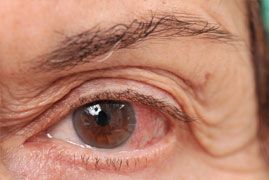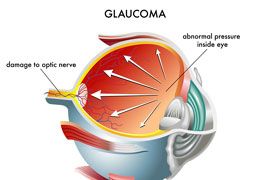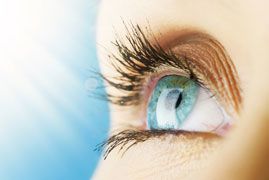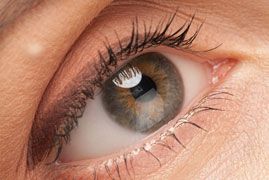Common Eye Conditions
A number of common eye disorders and diseases can affect quality of vision and if left untreated, can eventually lead to blindness. At the Sheth-Horsley Eye Center, featuring the expertise of Drs. Nilesh M. Sheth and Robert Kupsc, we offer diagnosis and treatment of a range of eye conditions to our Boston patients. If you are seeking of a high level of optical care, contact our practice today to learn more about our available services or to schedule an examination.
Cataracts
Cataracts occur when the eye's naturally clear lens becomes clouded due to a clumping of proteins. Though cataract sufferers may live for many years without significant visual impairment, treatment is typically needed when vision becomes blurred enough to interfere with the ability to perform daily activities. Our office performs surgery to gently break up and remove the cataract and place an intraocular lens (IOL) to restore clear vision.
Glaucoma
A number of eye conditions may contribute to glaucoma. In short, increased pressure inside the eye can lead to optic nerve damage, compromised sight, and eventual blindness. Although there is currently no cure for glaucoma, early detection is imperative in order to slow degeneration of vision using different forms of treatment.

Dry Eye
Countless American are affected by dry eye every day - a condition characterized by a feeling of grittiness in the eye, watering or red eyes, and even impaired vision. Factors including environmental irritants or genetics can contribute to the condition, which is easily treated using methods ranging from eye drops to surgery.
Diabetes
Sufferers of diabetes are at increased risk of developing eye conditions, most notably, diabetic retinopathy. Diabetic retinopathy occurs when blood vessels in the retina become blocked, affecting vision and eventually causing total loss of sight. Laser treatment may be used to prevent bleeding and the growth of new blood vessels. Diabetes also increases the chance of developing cataracts, underlining the importance of attending regularly scheduled examinations with a health care provider.
Flashes & Floaters
Have you ever noticed a tiny, transparent squiggly shape in your vision? Floaters, as well as flashes, are extremely common. While they are usually not a cause for alarm, the sudden appearance of these symptoms necessitate a thorough examination since they may point to a more serious condition like retinal detachment.

Macular Degeneration
A leading cause of vision loss for individuals over 60, macular degeneration causes blurred vision. Though both types, wet and dry, damage the part of the eye that enhances fine detail - the macula - treatment can effectively slow vision loss. Schedule an exam at our office if you have noticed consistently blurred vision.

Conjunctivitis
Conjunctivitis, commonly referred to as pink eye, is not always a result of viral or bacterial infection but can also be caused by allergies or contact with irritating substances. Symptoms generally include itching, tearing and redness. While this condition is generally resolved on its own, bacterial conjunctivitis requires medical attention and treatment with antibiotic drops or ointment.
Blepharitis
If you have noticed pain, redness or swelling along your eyelid, you may be suffering from blepharitis. Affecting either the outside (along the eyelashes) or inside (moist tissue touching the eye) of the eyelid, treatment may range from warm compresses to antibiotic or steroid drops prescribed by a medical practitioner.
Chalazion
The surface of the eye is lubricated by a number of fluids, including an oily substance produced by the meibomian glands. Located behind the eyelashes, these ducts may become blocked, resulting in a chalazion. Observed symptoms may include pain, swelling and redness on the eyelid. Though warm compresses and time typically heal these blockages, surgery or steroid injections may be needed if a chalazion fails to heal on its own.








